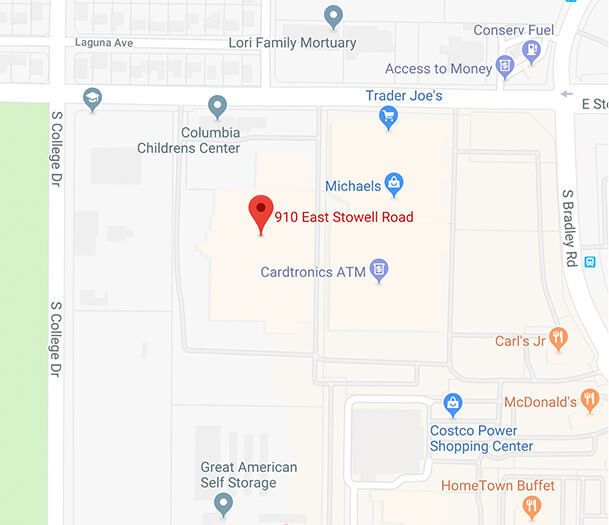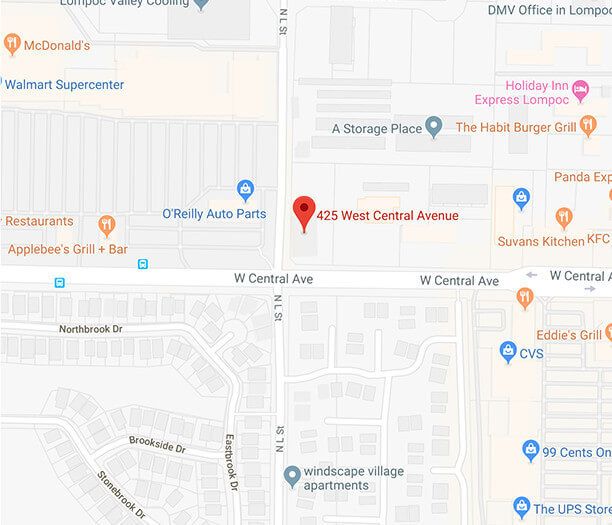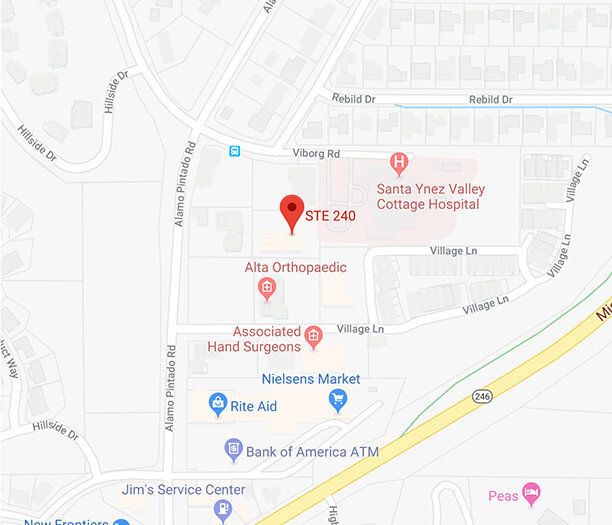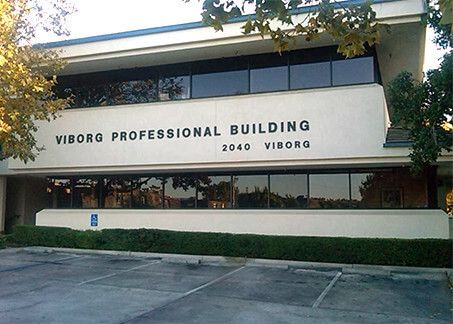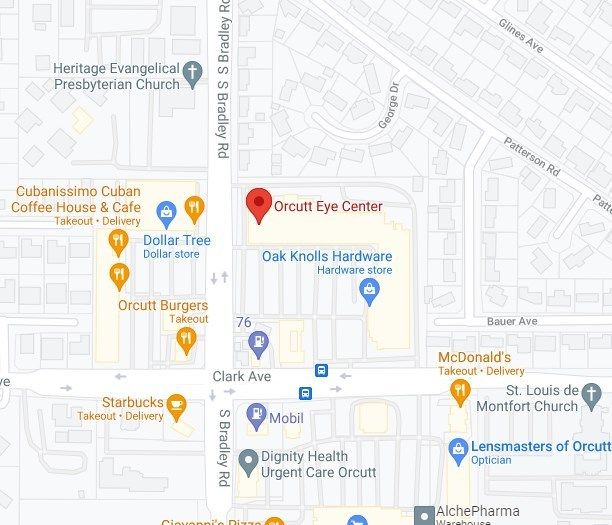Strabismus or squint is the condition when the eyes are misaligned. Most often the eyes cross inward (esotropia) or turn outward (exotropia). Strabismus is quite common, occurring in up to 4% of the population.
Strabismus usually develops early in life. Although it may be apparent from birth, it is more commonly diagnosed in the first few years of childhood. Often parents or the pediatrician notice one eye crossing in or turning out when the other eye is focusing.
In spite of being misaligned, often the eye is healthy. Strabismus is usually caused by the brain not developing good control of the eye movements. A thorough eye examination is needed, however, to ensure that there is no disease of the eye or the brain that may have caused the strabismus.
The most common form of strabismus is accommodative esotropia. In this condition, the eye is strongly farsighted (hyperopic). When glasses are not used, the eye strains to focus and this causes the crossing of the eyes.
Sometimes treatment of strabismus can be accomplished with glasses alone; however, many patients need eye surgery to realign the eyes. The surgery involves moving the eye muscles on the surface of the eye in order to straighten the alignment. Muscle surgery is a short outpatient procedure using dissolvable stitches. Only a few days of recovery are needed.
In addition to strabismus, many patients also have a lazy eye in the eye that is most often out of alignment. This is called amblyopia and means that the eye has not developed a 20/20 vision. Amblyopia is usually treated with patching of the good eye to encourage the brain to develop a stronger vision in the weaker eye.
If you would like more information about strabismus or other childhood eye diseases, please contact Shepard Eye Center.









